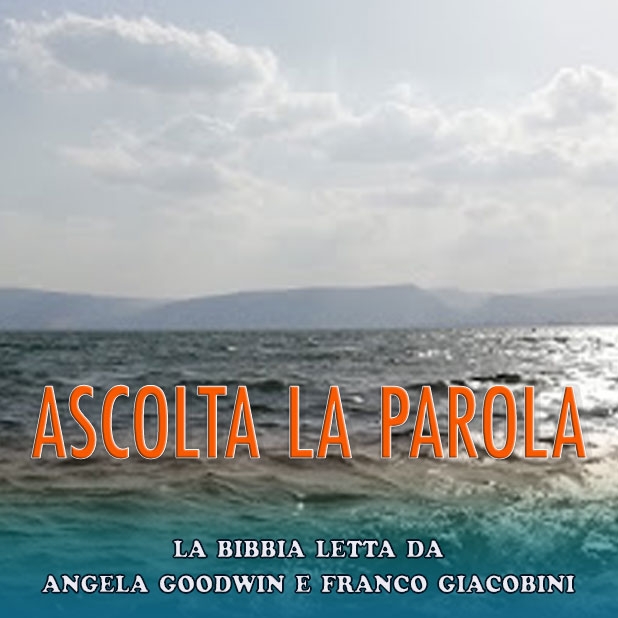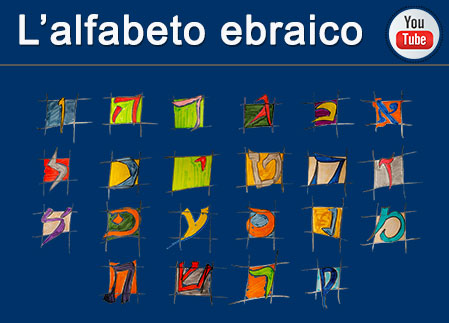SIDIC
Italia 13/10/1989
Catholics were invited to respond to the preparatory document called Lineamenta which was sent by the Synod Secretariate to all the Bishops' conferences. We print below the suggestions submitted by SIDIC to the Synod. Comments had to be related to the questions and the numeration of the paragraphs in the Lineamenta.Introduction
SIDIC (Service International de Documentation Judeo-Chretienne), whose task it is to understand and promote the Church's relationship with the Jewish people, would like to respond to the Lineamenta issued by the Secretary for the Synod of Bishops, Archbishop Schotte, and to contribute to the reflection about the "Formation of Priests in the circumstances of the present day'.
Three Vatican Documents have been addressed to the Universal Church on the question of its relationship with Judaism:
1) Nostra Aetate – October 1965: The Declaration of the Second Vatican Council on the Church's Relationship with non-Christian Religions, Ch. 4 Judaism (referred to as NA).
2) Guidelines and Suggestions for Implementing the Conciliar Declaration "Nostra Aetate" Ng 4– December 1974 (referred to as GL).
3) Notes on the Correct Way to present the Jews and Judaism in Preaching and Catechesis of the Roman Catholic Church – June 1985 (referred to as Notes).
In addition numerous documents have been issued by various National Episcopal Conferences on this subject since the Second Vatican Council.
John Paul II has made significant statements during his pastoral visits relating to this relationship. In particular we refer to his address in the Synagogue in Rome on 13.4.86.
The teaching in these documents concerns the Church's self-understanding, the sources of revela
tion and the Church's mission in the world today. It will penetrate the life of the whole Church only insofar as it is understood and valued by the clergy. it is therefore imperative that it influences the curriculum and life in the seminaries.
Suggestions to the Synod of Bishops
We would like to bring to the attention of the Synod the following points which are taken from the documents referred to in the Introduction. They seem to fit in best with Part IV of the Lineamenta, Questions 12 and 13.
An understanding of the Church's relationship with Judaism is essential:
1. (Question 12: cf. IV:25) Because it is in searching her own mystery that the Church discovers her origin in Judaism and her historical links with the Jewish People (NA, GL, Notes);
2. (Question 12: cf. IV:28d) Because it has an ecumenical aspect inasmuch as the return of Christians to the origin and sources of their faith helps the search for unity in Christ (GL);
3. (Question 13: cf. IV:30a) For the understanding of Sacred Scripture and the Liturgy. The roots of the Church lie in Judaism. Jesus, Mary, the Apostles were all Jewish; the Gospels and their teaching were formulated in a Jewish context (GL, Notes). The liturgy of the Word originated in Judaism as did many revered Christian prayer formulae and the Psalms (Notes). The Eucharistic Prayer is inspired by the Jewish tradition (Notes); Easter, the central feast of the Church's year is linked with the Jewish feast of Passover (Notes). The Old Testament Scriptures were received from the Jewish People who continue to live by them (NA, Notes); the concepts of faith, election, covenant, a living tradition are part of the heritage from Judaism (GL).
Therefore Priests are called to acquire a better knowledge of Second Temple Judaism in order to understand the background to the Gospels and acquire an accurate knowledge of terms and concepts like the Pharisees, the use of the term "the Jews" in the fourth Gospel, the understanding of the term Messiah, etc. (GL, Notes).
4. (Question 13: cf. IV:28c) For an understanding of the problems of the world today, especially that of racism. The history of relations between Christians and Jews has been marked by mutual ignorance and frequent confrontation (GL). Negative aspects of Judaism and often caricature seem to form part of the stock ideas of many Christians (Notes). All forms of discrimination against Jews and displays of antisemitism, which is always liable to reappear under different guises, are condemned (NA, GL, Notes). Jews must never be presented as rejected by God as if this followed from Holy Scripture (NA, Notes). Responsibility for the death of Christ is not to be attributed to the Jewish People as such, but rather it is because of the sin of all men (NA, GL, Notes). Therefore Preachers must have a knowledge of the formation of the Gospel Tradition to understand correctly seemingly hostile references to Jews and the historical conflicts reflected in the texts (Notes). Homilies on such texts must explain their background so that their meaning is not distorted and their application for today brought out. This is especially necessary during Holy Week (GL, Notes). A great effort of education is called for to eradicate false ideas of Judaism and present a true image (Notes). A better knowledge of the tragic history of Jewish-Christian relations throughout the centuries is called for as well as an understanding of the meaning of the Shoah for Jewish life today and in Christian catechesis (Notes).
5. (Question 12: cf. IV:28d) Post Biblical Jewish Tradition is rich in religious values (GL). This people continued to witness to fidelity to the One God (Notes). his covenant with them has never been revoked (Notes quoting Pope John Paul II). The faith and religious life of the Jewish people as they are professed and practiced today can greatly help Christians to understand better certain aspects of the Church (Notes quoting Pope John Paul II). Christians are called upon to know the basic components of the religious tradition of Judaism and the essential traits by which Jews define themselves (GL, Notes), including their attachment to the land of Israel (Notes) and the elements common to both liturgical traditions (GL). Mutual understanding and respect should result and fraternal dialogues, biblical and theological studies are recommended as well as joint programmes for social action.
Conclusion
We hope that this teaching can be incorporated into the various subjects that form part of the seminary curriculum and wherever possible a course on post-biblical Judaism can be introduced.
This knowledge of the origin of the Church, its historical relationship with the Jewish People and Judaism's continuous development can also help in the process of inculturalisation. The Jewish aspect of Christianity is not Western and is often more easily understood by non-Western societies.
SIDIC
Via del Plebiscito 112, Int, 9, 00186 Roma
13th October 1989
554 visualizzazioni.
Inserito 01/01/1970
Relazioni Ebraico-Cristiane
Ultime novità nel sito
- 19/04/2020: Articolo - L’enigma della Maddalena
- 23/02/2020: Articolo - Il locus amoenus nelle catacombe ebraiche e cristiane di Roma
- 16/02/2020: Articolo - Il profetismo nel Vicino Oriente antico
- 13/02/2020: Articolo - I Profeti della Cappella Sistina
- 09/02/2020: Articolo - Gerusalemme e la Terra Santa di Israele


